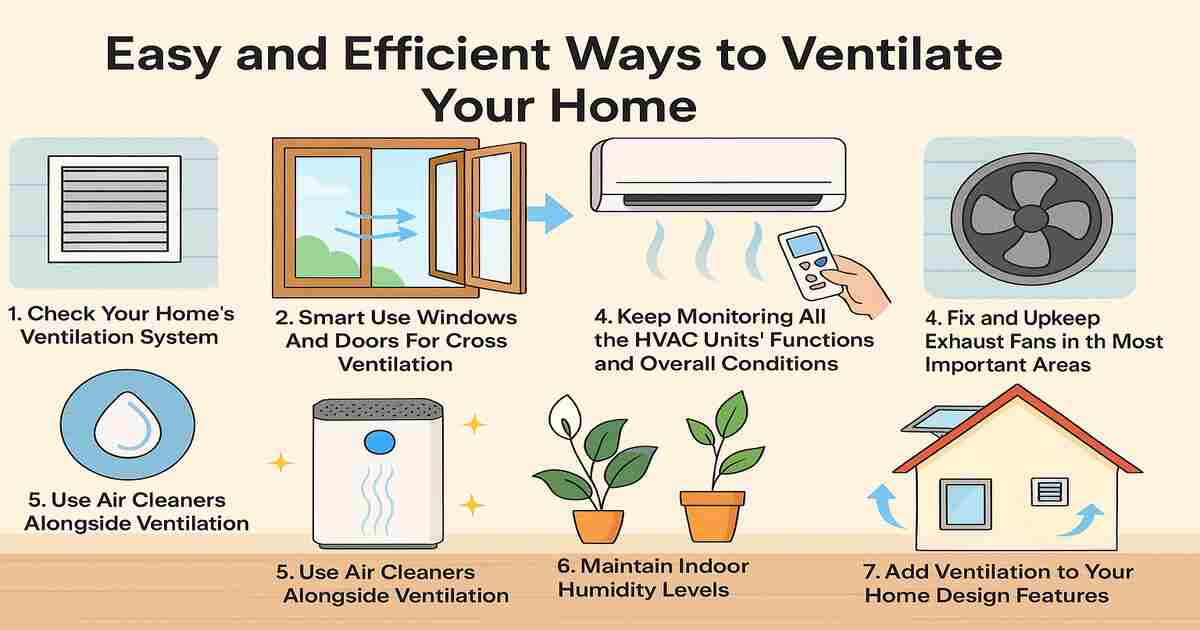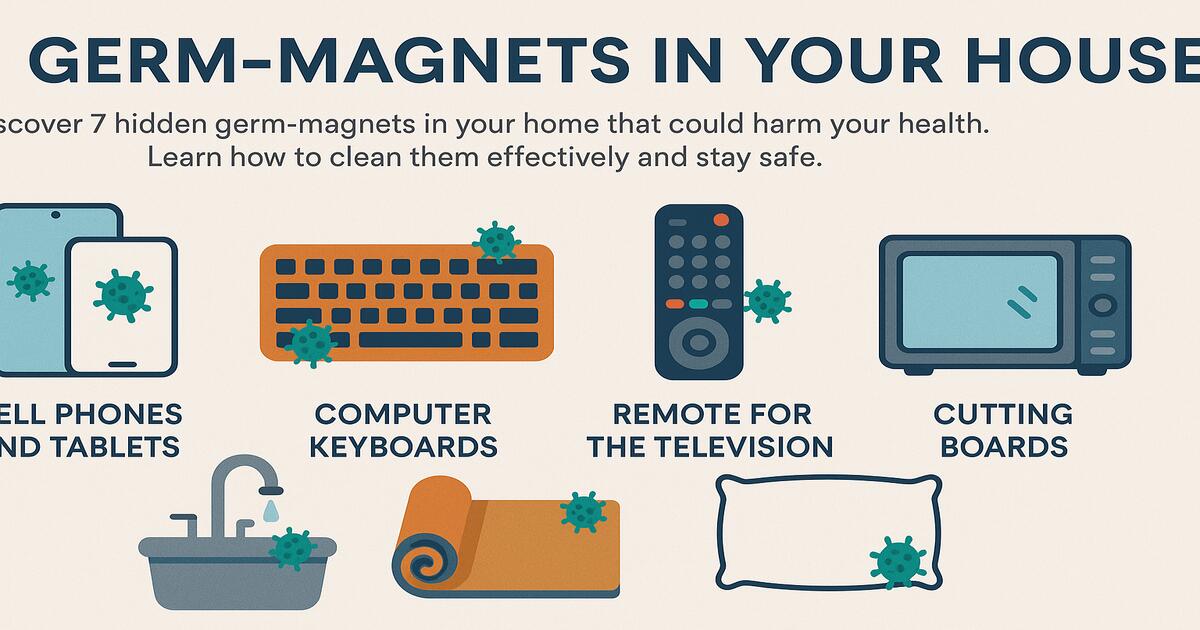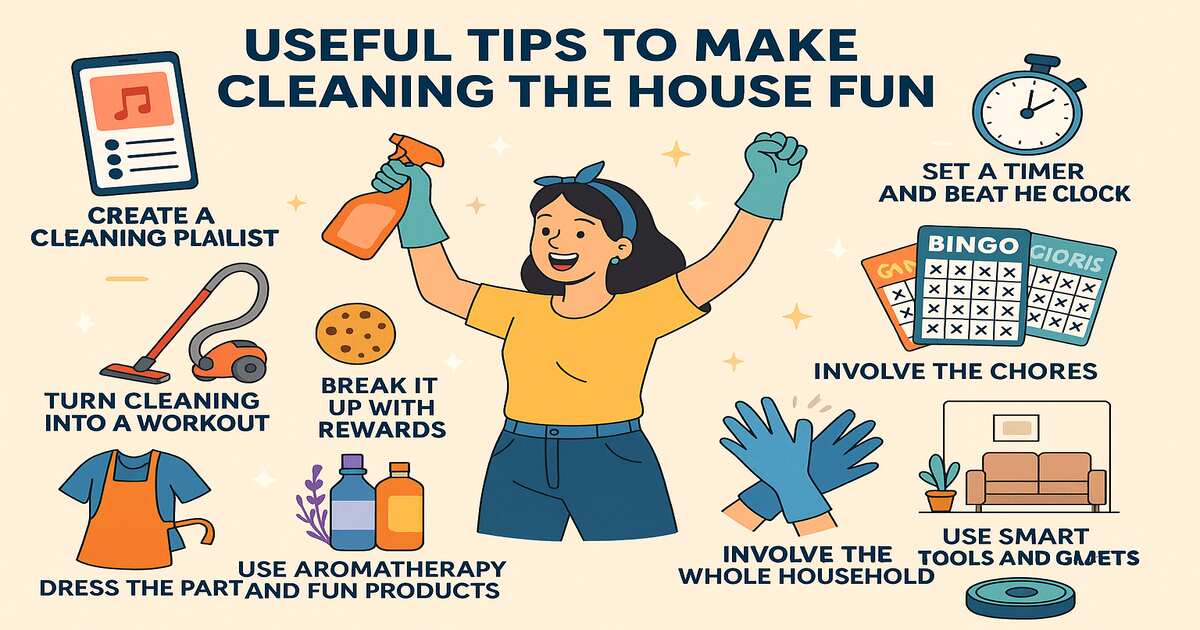
How to Ventilate Your Home Easily and Effectively
Do you feel like the air in a room is heavy or stuffy? Is a certain smell lingering in the air, or moisture collecting where it normally wouldn’t? How Air Circulation might have become a culprit to your family’s health without you even realising it. Picture this: all you need to do is make simple changes like opening a window or changing the vent, and everything is much better. We spend a lot of our time inside the house, however, we don’t put any thought into the air we are breathing and the air quality in the house. Looking at ways to help and improve ventilation so that everyone can breathe fresh air is easy. So, let us delve into flexible approaches aimed at boosting indoor air quality to maintain health and environmental systems.
1. Check Your Home’s Ventilation System
First, examine the ventilation systems that are present in your house: that is to say, are you having natural air, mechanical air, or a hybrid, as per bond clean Brisbane? Natural ventilation is just the outdoor wind entering through an open window, door, or vent. Mechanical ventilation uses fans, exhausts, or HVAC systems to generate an active airflow. Hybrid systems use a mixture of both approaches for balanced airflow. Understanding your system will help you maximise air circulation and make relevant changes.
2. Smart Use Windows And Doors For Cross Ventilation
This allows indoor air to flow easily within the home and enables the rooms to be refreshed using simple methods. Cross ventilation allows for the internal air to be replaced with fresh air. This is usually done by opening windows or doors on together in opposite sides of the room or house, which allows for fresh air to enter and remove the stale air. Best results can be achieved if windows are opened during the early mornings or late evenings. Window fans are also recommended in the absence of natural wind. Cross ventilation will lead to enhanced air freshness.
3. Fix and Upkeep Exhaust Fans in the Most Important Areas
One needs to install exhaust fans in areas where moisture abounds with odors, such as in a kitchen, bath, or laundry room. These types of fans generally pull away too much moisture to the extent that they prevent the growth of mold and mildew, while also removing odour and fumes generated from cooking. For natural solutions, you can also explore this castile soap cleaning guide to tackle everyday cleaning alongside ventilation methods. Air circulation in smaller spaces is also improved. Ensure these exhaust fans vent to directly outdoors rather than into attics or crawl spaces. Keep them clean and maintain these fans routinely so that they perform efficiently and continue to improve the air quality in your home.
4. Keep Monitoring All the HVAC Units’ Functions and Overall Conditions
Air conditioners, ventilation and heating (HVAC) enhance circulation and filtration of air in the different rooms of an apartment. Air filters, along with HEPA filters, can be replaced once every one to three months for optimal performance. The HEPA type of filter is better as it can trap smaller particles of dust and pollen. Cleaning and maintaining ducts along with hot air vents by professionals ensures that the system is kept free from any blockages that may hamper the quality of air. As a result of all these functions in place and consistently performed, the system is maintained, and the home is left comfortable.
5. Use Air Cleaners Alongside Ventilation
Air cleaners will work as an addition to air ventilators. When air purifiers are mentioned, there are two distinct activities that come to mind—air purifying systems clean the air by active pollutant trapping, whilst ventilation focuses on outdoor and indoor air switching. For people with asthma, allergies, and all those living in high-pollution areas, air purifiers can prove to be very useful. They should be fitted with HEPA filters, as well as activated carbon, in order to effectively capture dust, smoke, and smells. Your home requires air purifiers in its air strategy planning. Air purification systems are powerful additions to world strategy.
6. Maintain Indoor Humidity Levels
Every single household seeks the utmost comfort, and putting at any risk the health of the family for a balanced air refreshing ventilation system may affect them the most. Air humidifying has to follow the pattern of balanced using too much of anything could foster mold activity, whilst dry air irritates lungs and skin. Air is an eternally essential part of Human life, having balanced air at home while ensuring to cap indoor moisture for maximum effectiveness is vital. Venting dryers as well as proper maintenance of washing machines can help cap moisture build-up. Capping indoor humidity to 50% and 30% dual aim on put performable methods, soft-to-yield hydrator plants like peace lilies* can be of utmost aid.
7. Add Ventilation to your Home Design Features
If constructing or renovating a house, ventilation designs should be included. The system’s windows, vents, and mechanical parts should work together in a way that promotes airflow. For instance, windows that can be opened and are located on cross walls facilitate cross-ventilation. Hot air can also be eliminated by vented skylights and roof vents. Energy recovery ventilators (ERVs) aid in stale indoor air exchange; they bring in fresh air from the outdoors while saving on energy expenditure. Efficient design minimises mechanical systems and enhances the home’s air quality.
Final Thoughts: Breathe Fresh, Live Well
While most think improving home ventilation is complex, it is in fact extremely simple. Routine actions such as fan maintenance, regular window opening, dehumidification, and HVAC filter changes can lead to substantial air quality changes. Through the understanding of in-home ventilation, advanced measures can be put in place for comfort and health. So why not take the first steps today? Each step, no matter how minor, makes a difference and aids you in living a better life and breathing easier. For complete cleaning assistance, consider bond cleaning Perth experts who can help maintain both cleanliness and fresh indoor air.



